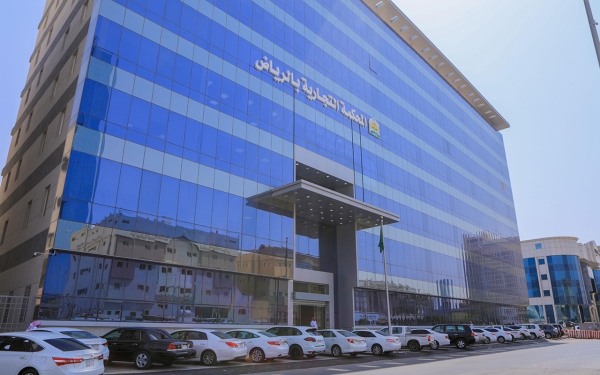

The Bankruptcy Law in the Kingdom of Saudi Arabia is a set of legal and procedural rules governing the position of companies after their financial insolvency. This entails their referral to the Commercial Court to take several legal measures to remedy the financial situation or terminate the company if overrun by debt. This involves liquidating the company's assets and utilizing the proceeds to repay its debts.
History of the Bankruptcy Law in the Kingdom
Several laws dealing with provisions of the Bankruptcy Law in the Kingdom have been promulgated sporadically, including the Law of Commercial Courts of 1931 and the Protective Settlement of Bankruptcy Law of 1995. The promulgation of the Bankruptcy Law of 2018 abolished all separate provisions concerning bankruptcy, as well as any bankruptcy procedures stipulated by other laws.
The Implementing Regulations of the Bankruptcy Law were issued in 2018, covering statutory periods and detailed procedures for the provisions of the Bankruptcy Law, comprising 231 articles.
Features of the Bankruptcy Law in the Kingdom
The Bankruptcy Law seeks to support financially distressed traders and partners by restructuring the position of their companies or lawfully terminating them, in a manner that preserves the time and efforts of creditors and capital owners. Instituting bankruptcy procedures stems from the importance of the financial position of traders for the country's economy, as well as establishing a law that safeguards the rights of creditors affected by financially distressed companies or the employees therein.
The Bankruptcy Law promotes ease of business and improvements in the investment environment in the Kingdom to benefit the national economy and foreign investors. The Bankruptcy Law has determined the actions to be taken to assist bankrupt traders, confining them to seven procedures, applied according to the situation of the bankrupt or distressed company. The law aims to alleviate the strain on public courts in debt cases where repayment timelines are uncertain due to the financial instability of the company.
Objectives of the Bankruptcy Law in the Kingdom
The law aims to regulate bankruptcy procedures, namely: protective settlement, financial restructuring, liquidation, small debtors' protective settlement, small debtors' financial restructuring, liquidation of small debtors, and administrative liquidation.
The provisions of the law apply to:
- A natural person practicing a commercial or professional activity or any activity with an aim to generate profits in the Kingdom.
- Commercial, professional, regulated entities and other entities or establishments with an aim to realize profits, registered in the Kingdom.
- Non-Saudi investors, whether natural or corporate persons, holding assets or practicing a commercial or professional activity or any activity with an aim to generate profits through a licensed establishment in the Kingdom. The law shall only apply to the investor assets located in the Kingdom.
Composition and mandate of the bankruptcy commission
Article Nine of the Implementing Regulations of the Bankruptcy Law stipulates that a commission titled (Bankruptcy Commission) shall be formed comprising five or more experienced and qualified members for a three-year renewable term. The commission shall possess a corporate personality and be financially and administratively independent, operating under the supervision of the Minister of Commerce. The Bankruptcy Commission, in addition to the technical and administrative functions provided for in the law, shall have various mandates, including: establishing and managing the Bankruptcy Register; determining the minimum debt amount of the debt that gives creditors the right to request the initiation of liquidation procedures; and setting out the Small Debtors criteria in coordination with the General Authority for Small and Medium Enterprises.
Related quizzes
Related articles

